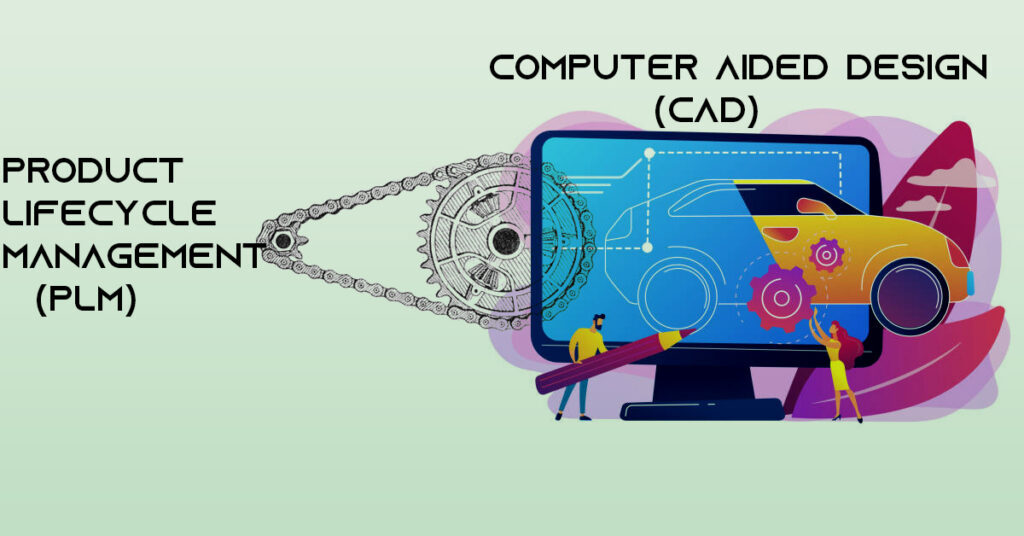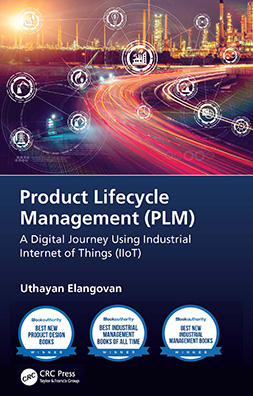CAD drives PLM is a topic that occurs in the mind discussion of most of the manufacturing enterprises. Computer-aided design (CAD) touches many elements of our day-to-day life (from smart phones, computer systems to transportation and so on), it’s tough to gauge. And probably CAD is the one of the initial actions utilized by product designers in the manufacturing industry (either MCAD – Mechanical CAD or ECAD – Electronic CAD) around the world. Application of CAD in the manufacturing industry is wide.

CAD design stands for geometric specifications of a part or a component or an assembly and also it allows cross functional team members of new product development to watch CAD objects under a wide variety of depictions and is possible to simulate the motion of a component through production processes in imitating real-world conditions. Handling many copies of numerous data causes unreleased or wrong versions of design layouts discovering their method to sales, manufacturing, external distributors, or even competitors, with dreadful outcomes.
Data exchanges in between CAD to PLM (Product lifecycle management) are not always smooth and also occasionally impossible. Yet there are significant advantages to be understood when CAD and PLM systems are firmly integrated. It is critical for product manufacturers to keep a single version of the truth throughout product development procedure through production. Real revolution occur in the period of Industry4.0, as most of the engineering applications are tightly integrated with PLM.
Instantaneous as well accurate information flow in between CAD and PLM systems, speeds the product growth process, minimizes costs, stays clear of errors in manufacturing and upholds uniformity in product high quality. Today, a lot of the product suppliers make use of heterogenous CAD systems throughout the extensive enterprise distributed throughout the globe and conserve information to product data management (PDM) system.
PDM encourage collaboration among product and process developers. PDM is focused on handling the particular product design documents that enter into producing the end product, PLM permits manufacturing enterprise to manage every element of product, from its concept to its retirement. PLM is an electronic paradigm, products being taken care of with digital computer system, electronic details and data.
Another important area CAD have its influence is Augmented Reality (AR). CAD data as well various other 3D models can be used as the input approach to create electronic representations of the product to be augmented. It usually offers precise info regarding the object, maximizing the potential for dependable AR experience. Increased fact with the help of CAD data will in fact provides manufacturers an extra boosted experience in viewing product specs.
Final Thoughts:
Collaboration between different departments of the manufacturing enterprise is the most challenging task of an effective PLM execution and rollout. PLM ought to integrate a CAD design system with enterprise resource planning (ERP) to manufacturing execution system (MES) through industrial internet of things (IIoT) as well they need to interact with each other faultlessly. CAD provides crucial details and it drives PLM in a manufacturing enterprise.
Your Guide to PLM in the era of Industry 4.0 –

Could your product design procedure gain from a PDM or PLM service? Is your company (Small to Medium enterprise) aiming to sustain your multi-CAD settings product development via a PLM system? Are you having problems incorporating CAD applications with your current PDM or PLM systems? Connect with us to know more.

